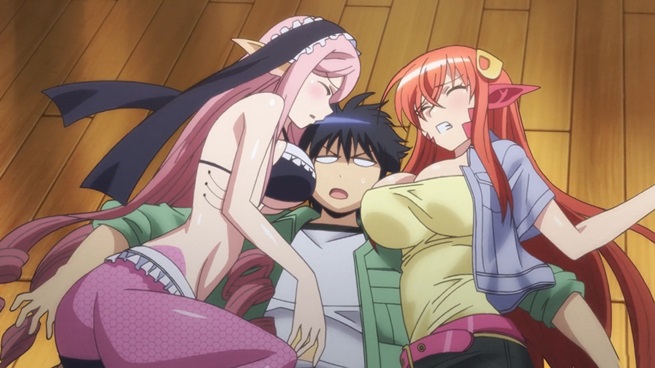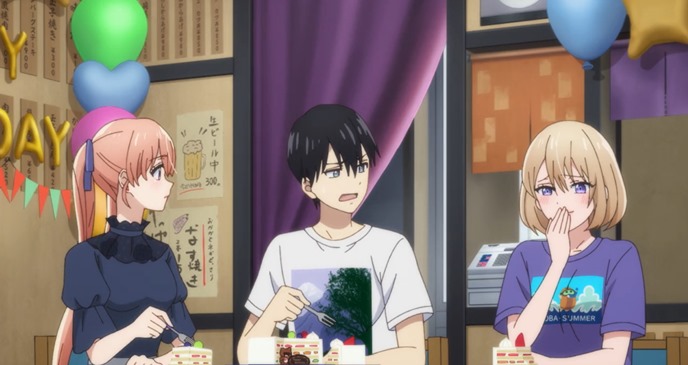Why is anime in Japan aired late at night? – Anime Questions and Answers

One thing you will notice if you visit Japan, or if you read the TV listings for Japanese TV, is that most Japanese anime is aired either late at night, or during the early morning hours — ie: between 12 am and 3 am.
Sure, there are some anime shows that specifically target children that are aired during morning children’s TV but, in a huge percentage of cases, anime is aired in Japan late or night or early in the morning.
For westerners who have grown up watching anime shows that have aired after school or during prime time, visiting Japan and having to wait until 1 am to watch an anime you like is strange.
Why is anime aired in Japan close to midnight or after then, and does it affect the Japanese’ ability to watch it?
 Many anime shows are not targeted at children
Many anime shows are not targeted at children
A huge percentage of anime series and movies in Japan are not targeted at children, but at adults. That is why the fan service and other risqué content show up in them so often.
That is also why anime like Monster Musume: Everyday Life with Monster Girls, Is It Wrong to Try to Pick Up Girls in a Dungeon? and the Monogatari series — which are chockful of fan service (I’m not complaining) — are not aired during morning hours in Japan.
Nor are they aired during the so-called “Golden Time” — from 7pm to 10 pm — when most people, including children, are watching TV.
The right to air sexually suggestive anime late at night is also protected in Japan, as the Broadcasting Ethics and Program Improvement Organization’s (BPO) pointed out back in 2018 when they published a viewer’s opinion on moralists complaining about late-night anime featuring content not suitable for children.
There are too many complaints about late-night anime. Late-night anime is broadcast late at night so that children don’t accidentally watch it, so it’s wrong to say, “What if children watch it?”
If children are awake during late-night anime, it’s the parents’ fault for not putting their children to sleep, not the show’s fault.
Anime production committees buy TV slots
Unlike in a country like the U.S., for instance, where a TV network buys a show and then puts it in a time slot they think will work the best, in Japan the anime production committees have to buy slots from a TV network.
They then earn a percentage of the advertising revenue from that slot.
As time slots after the Golden Hour are cheaper than during or before, that is another reason why so much Japanese anime is aired late at night.
That is also why most anime series come in multiples of 12 episodes (12, 24, 36 etc), as each time slot is bought for 12 episodes — or a “season” on Japanese TV.
While it can sometimes make for an anime that is too short, as the rest of the plot is crammed into the last three episodes, or too long when the story could have been told in eight episodes, anime production committees have to conform to this rule to get the TV slots they want.
Fewer content restrictions late at night
It is probably safe to say many anime feature so-called “fan service” because that is what the writers, directors and producers want, as do many fans.
Airing anime during late-night hours allows shows to get away with content they may not be able to during the day or early evening, as there are far fewer content restrictions during late-night broadcasting.
TV anime in Japan is broadcast to advertise DVDs
If you have spent any time in Japan, you will know the cost of anime DVDs is astronomical, with the price of owning a typical anime season on DVD in the hundreds of dollars compared to the $30-$60 we pay in the west. (Even cheaper when sales hit at places like Sentai Filmworks).
That is why anime production committees don’t care about making money on anime that airs on late-night TV, with much lower advertising revenue, as the show essentially airs to advertise the coming DVD series.
Does late night anime airing affect Japanese ability to watch them?
No, not in the slightest.
In Japan, like much of the rest of the developed world, people have the ability to record shows with whatever form of technology they prefer.
For most then, it does not matter if an anime airs at 2 am or 11 am, as they just watch it at a time they prefer.
On top of that, there are many Japanese and international anime streaming services that also offer anime on-demand, including platforms like Netflix, Amazon Prime, NicoNico and Fuji TV on Demand.
Of course there are also other reasons for anime in Japan airing during late-night hours, but these are the main ones.
So now you know why anime in Japan is aired during late night or early morning so that, if you visit Japan, want to catch your favorite anime but can’t stay up late, you will remember to record it.






